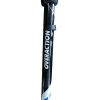Base Layers
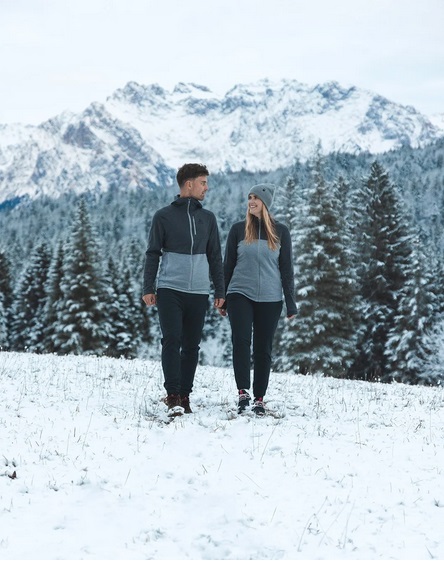
https://www.cdc.gr/mountain-clothing-en/base-layers/
To understand the layers of your outdoor clothing, you need to know the function of each layer:
1. Base layer (underwear or isothermal): removes sweat from your skin
2. Middle layer (insulating layer): retains body heat to protect you from the cold.
3. Outer layer: protects you from wind and rain like waterproof membranes, whether it is a jacket or membrane pants.
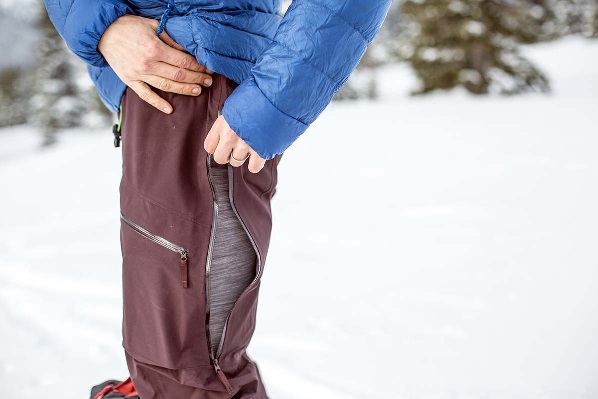
Even if you don't wear all three layers to begin with, it's best to take all layers with you on every outing. You can take layers off if things get hot, but you can't put on layers you didn't bring.
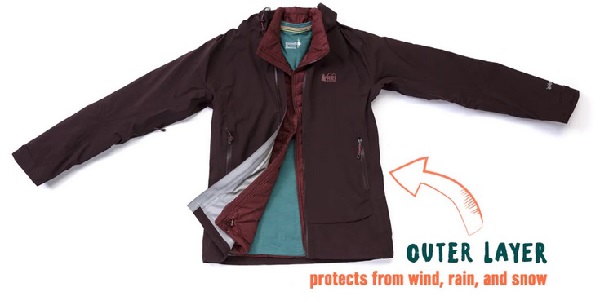
If you want to build the ultimate layering system, then start by focusing on the foundation of that system, your underwear (aka thermals). Comfort starts with the fabric that touches your skin!
Think of the base layer as the core of your outdoor clothing. Although base layers are ideal for cold weather activities, you can use them for hiking, climbing, camping, running, training or traveling all year round. A proper base layer absorbs moisture and keeps you warm during any activity. In fact, even in the summer any short sleeve you wear is considered a base layer. To avoid sweat and stay dry choose a fabric that absorbs sweat from your body and dries almost instantly.
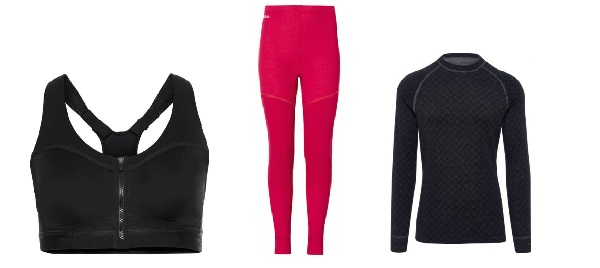
You have five main considerations for choosing a base layer:
1. FABRIC
Fabric is your most important decision. Whether you choose synthetic or natural, the important thing is that it wicks away sweat and dries your skin quickly.
The most well-known fabrics commonly used for outdoor activities are wool and synthetics.
MERINO WOOL
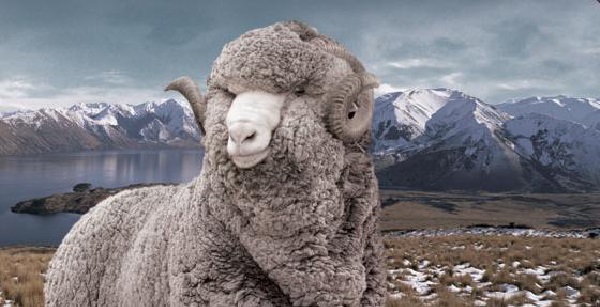
Merino wool is a renewable, natural fabric that moves and stretches with your body.
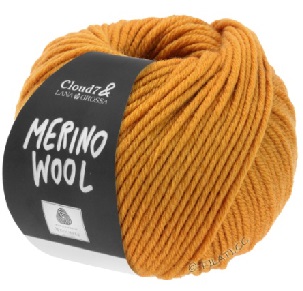
Also:
It has a finer thread than regular wool, which means it doesn't itch your skin.
It is naturally anti-microbial and reduces odors – perfect for traveling or multi-day camping trips in the winter as well as in the summer.
It can absorb up to 30% of its weight in water before it starts to feel wet. A great choice for summer activities as sweat absorption can help keep you cool.
Wool can also be blended with other fabrics such as spandex to enhance fit and flexibility
It is quite durable and you will enjoy it for many years!
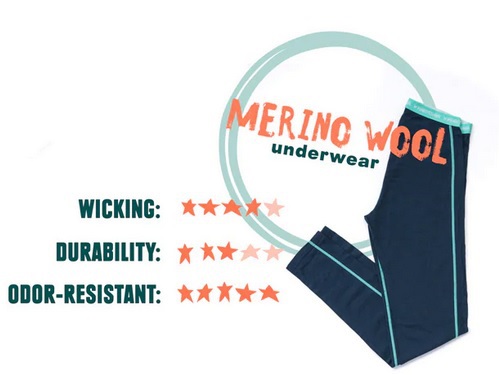
Merino is also combined with ceramic particles which have the ability to quickly release heat making them ideal for summer. The ceramic attracts body heat and then dissipates the heat quickly to help cool your skin. The result is a fabric for example like Ceramicool from ODLO and is used for blouses, leggings, underwear and even socks.
To help Merino wool clothes last, wash and dry gently. We recommend washing in cold water and laying flat to dry.
SYNTHETICS
One of the most common synthetic fabrics for base layers is polyester. You may also see nylon, polypropylene, or rayon, or a blend of fabrics. Fabrics that include spandex offer comfortable stretch and can fit well without feeling tight. Synthetics have the following characteristics:
Super Dry: Synthetics excel at wicking sweat to give you the driest feeling of any fabric.
Durable: No base layer is invincible. However, if you are looking for the most durable option, then synthetics are the best investment.
Odor Retention: Some synthetics add a finish that inhibits the build-up of odor-causing bacteria, which helps. If you're going to go many days between washes, it helps to have some odor tolerance.
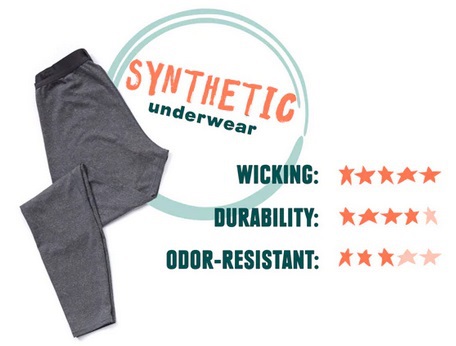
2. WEIGHT (GSM)
It's more or less lightweight, midweidght, heavyweight, ie "light", "medium" or "heavy", where the thicker fabrics give a little extra warmth. It is usually measured as grams per square meter (gsm).
You may also see designations such as "ultralightweight" or "featherweight" or other similar descriptions of very light fabrics primarily for summer use. On the other hand, you may see alternative terms such as "expedition weight" which refers to isothermals designed for extreme cold conditions.
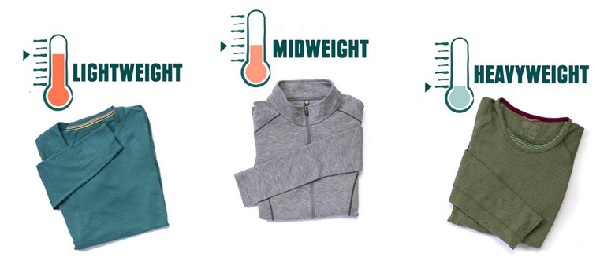
3. FIT
The fabric needs to be in direct contact with your skin to do its job, so you want a tight but comfortable fit. Be sure to try the base layers before you buy it because comfort and proper fit are of the utmost importance! A baggy/loose thermal may be comfortable but it won't perform as you need and it won't wick sweat away from your skin properly!
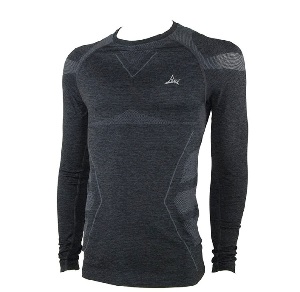
4. WEATHER CONDITIONS
The weather conditions (temperature, humidity, wind, presence of snow, etc.) are important for the selection of the appropriate isothermal. Obviously in hot conditions we will prefer lightweight isothermals, and especially in the summer we will choose fabrics mixed with ceramic molecules (Ceramic Wool) as they additionally cool our skin. In winter we will prefer heavier fabrics to provide us with some thermal insulation. Nevertheless, in winter the thermal insulation is mainly provided by the middle layer which can be, for example, some fleece blouse, so we do not need the base layer to be too thick as it can lead us to excess sweat.
Any suggestions based solely on weather, however, overlook key considerations such as personal metabolism and exercise level.
5. TYPE OF ACTIVITY
Finally, we must take into account the type of activity we will be doing as this also determines how much heat our body will generate on its own during exercise. Obviously we have different needs when we do a leisurely hike in the snow and different needs when we do hard and technical mountaineering. If the activity is particularly physically demanding, then we generate enough heat and a very thick isothermal will lead to excess sweat, something we want to avoid. In this case we will prefer a midweight isothermal and warm middle layer so that it can be removed if we get too hot.
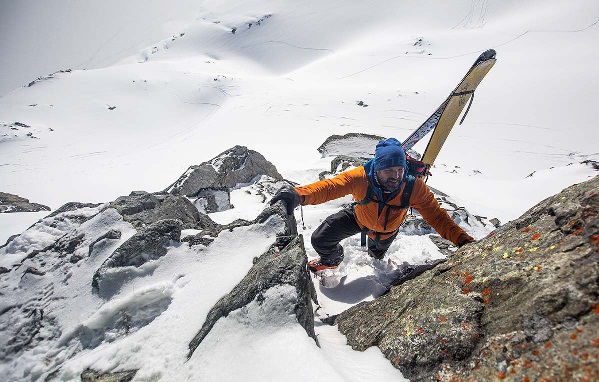
CONCLUSIONS
Choosing the right base layer depends on several factors that must be taken into account. First of all we need to understand how layers of clothing work and what needs each layer covers.
As far as isothermals are concerned, the choice between woolen and synthetic fabrics and the various combinations available on the market (eg merino wool with spandex for greater elasticity or ceramic wool for coolness) is important. Depending on the weather conditions and the type of exercise we will do, we will choose the type of fabric that meets our needs as well as the weight of the fabric (lightweight, midweight, heavyweight).
It is good to have a variety of different isothermals in our wardrobe so that we can choose the right base layer according to our needs every time!
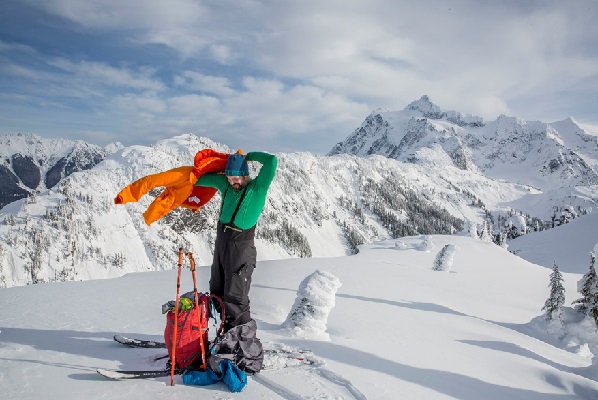
SOURCES
https://www.mec.ca/en/explore/how-to-choose-base-layers
https://www.outdoorgearlab.com/topics/clothing-mens/best-base-layer/buying-advice
https://www.rei.com/learn/expert-advice/underwear.html
https://www.rei.com/learn/expert-advice/layering-basics.html
Recent posts
-
20/03/2024Guide for crampons
-
19/02/2024Hangboarding for beginners
-
06/02/2024Rock Climbing in Occupational Therapy
-
23/11/2023Climbing Grades
-
22/11/2023Climbing in psychotherapy
-
16/11/2023What is Bouldering
-
15/11/2023Winter Tents
-
15/11/2023Trad VS Sport Climbing
-
07/11/20233 Season Tents
-
03/11/2023Summer Tents
-
02/11/2023Lifespan Of Your Climbing Gear – Part A (Harness, Rope, Slings and Webbing)
-
02/11/2023Lifespan Of Your Climbing Gear – Part B Metal Components
-
30/10/2023What Is “Softshell”?
-
30/10/2023Our Blog
-
30/10/2023Climbing Helmets
-
30/10/2023Base Layers
-
30/10/2023Sleeping Mats
-
30/10/2023Sleeping Bags
-
30/10/2023Waterproof Membranes
-
30/10/2023Mountaineering - Hiking Boots
-
30/10/2023Slacklining, ένας εναλλακτικός τρόπος γυμναστικής.
-
30/10/2023THE LOG BOOK
-
30/10/2023Nikwax secrets of waterproofing
-
30/10/2023INFLATABLE MATTRESS SLEEP
-
30/10/2023Ice axe
-
30/10/2023ΙNFORMATION FOR CRAMPONS
-
30/10/2023Superlight Tents
-
30/10/2023Washing and maintenance of the sleeping bag
-
30/10/2023Climbing Shoes - Quick Buying Guide
-
30/10/2023Nail Vernis Aquaglutene - Vade Retro
-
30/10/2023Mountain cookware














































































































